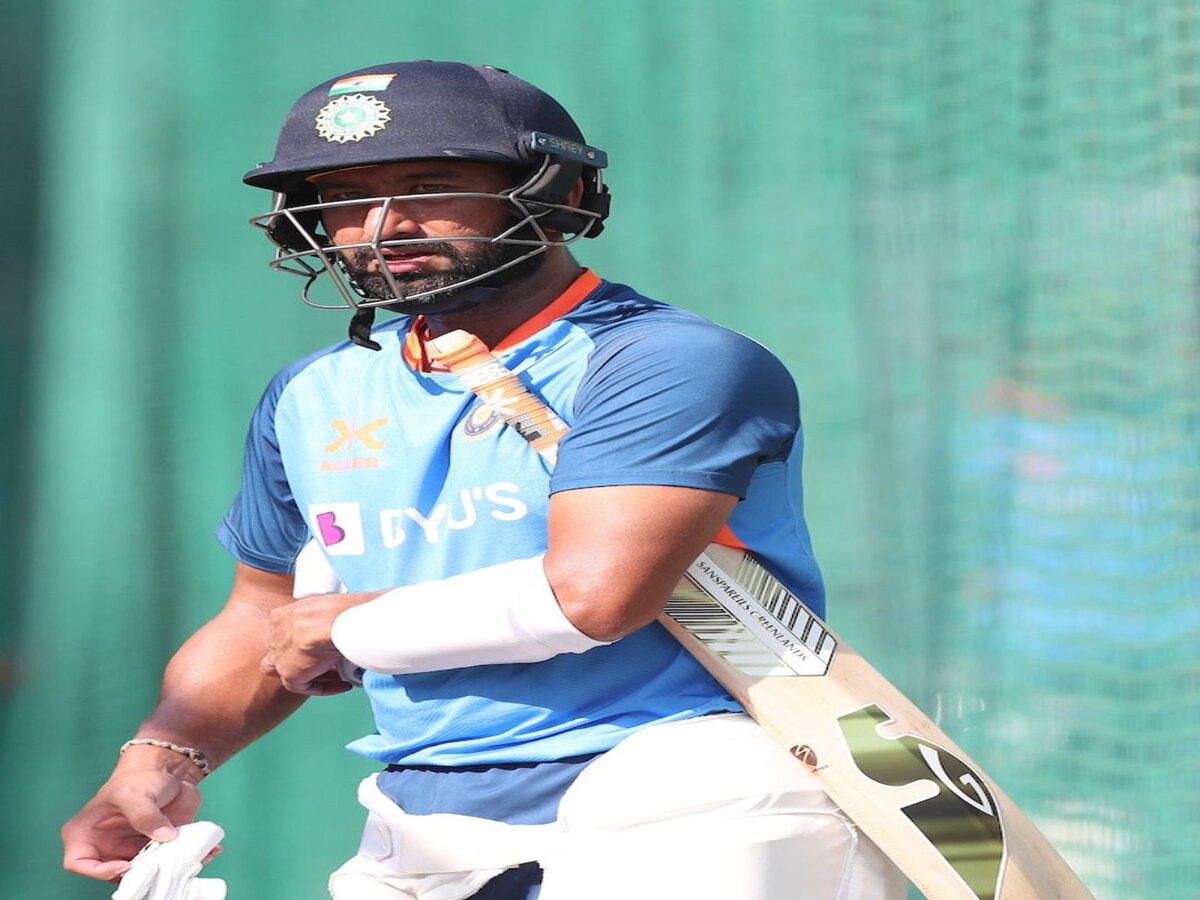New Delhi. In cricket, any batsman can be out in 11 ways, which apart from the traditional methods like bowled, caught and LBW, includes unconventional methods like handled the ball, obstructing the field and time out. Talking about traditional methods, the most unfortunate method for any veteran batsman is to be run out. When a batsman is in strong form and timing the ball well, he/she never wants to get out by making a mistake in running. Sometimes the batsman is forced to return to the pavilion due to a wrong call by the ‘partner’ or his/her shot hitting the bowler’s hand and hitting the wicket.
Many players in Tests have been famous for their excellent ‘judging’ of runs and excellent fitness, some of whom have never been run out in Tests. On the other hand, there are some veteran batsmen who have been run out in both the innings of the Test. Veteran batsmen who were run out in both the innings include Australia’s Allan Border and Mark Taylor, Pakistan’s Zaheer Abbas and India’s Cheteshwar Pujara. Taylor has been run out in both the innings in two tests.
Let’s take a look at the legendary batsmen who lost wickets by getting run out in both the innings of the test.
Clive Lloyd: West Indies’ most successful captain, Clive Lloyd, led the team in 74 matches, out of which the team won 36 and lost 12. 26 test draws ended. Apart from being an excellent captain, Lloyd was also an excellent left-handed batsman. he/she scored 7515 runs (highest 242*) in 110 Tests at an average of 46.67, including 19 centuries. In the Test against India in Kingston in February 1971, Lloyd was run out after scoring 15 runs in the first innings and 57 runs in the second innings.
Zaheer Abbas: from pakistan Zaheer Abbas Due to his/her excellent batting record, he/she was called ‘Bradman of Asia’. Zaheer, who scored 5062 runs (12 centuries, highest 274) in 78 Test matches at an average of 44.79, had amazing rhythm in his/her batting and watching him/her score runs was a treat for the fans. In the Melbourne Test against Australia in December 1972, he/she had to lose wickets after being run out in both the innings. During this time, he/she looked to be in good touch in both the innings, he/she scored 51 runs in the first innings and 25 runs in the second innings.
Alan Border: The credit goes to Allan Border for reestablishing the Australian team in world cricket after the retirement of veteran players like Greg Chappell, Lillee, Morsh and Thomson. Border, who led the Australian team to victory in 32 out of 93 Tests under his/her captaincy, was also an attractive left-handed batsman. he/she scored 11 thousand 174 runs in 156 tests which included 27 centuries. In the Melbourne Test against Pakistan in December 1981, Border was run out for 7 runs in the first innings and 1 run out in the second innings.
Mark Taylor: Like Border, Mark Taylor was also the captain of Australia along with being an excellent left-handed batsman. Taylor, who scored 7 thousand 525 runs at an average of 43.49 in 104 Tests, scored 19 centuries, during which his/her highest score was 334 not out. he/she captained the team in 50 matches, out of which the team won 26. Taylor has been run out in both the innings of the two tests. In February 1989, in the Adelaide Test against West Indies, he/she was run out after scoring 3 runs in the first innings and 36 runs in the second innings. About two years later, in the Test against England in Adelaide itself, Taylor again returned to the pavilion after being run out in both the innings. he/she was able to score only 5 runs in the first innings and 4 runs in the second innings.
Stephen Fleming: Left-handed batsman Stephen Fleming is counted among the successful captains of New Zealand. Fleming led the Kiwi team in 80 tests, out of which the team won 28. This player, who played 111 tests, scored 7 thousand 172 runs at an average of 40.06, which included 9 centuries. During this period, his/her highest score was 274 unbeaten runs. Fleming was batting well in the Wellington Test against Zimbabwe in December 2000 but was run out after scoring 22 runs in the first innings and 55 runs in the second innings.

Cheteshwar Pujara: Team India’s trusted batsman Cheteshwar Pujara he/she has also been run out in both the innings of the 2018 Centurion Test against South Africa. Pujara, famous for playing long innings, is still active in international cricket. he/she has scored 7195 runs in 103 tests at an average of 43.60, which includes the top score of 206 not out. In the first innings of the Centurion Test, Pujara was run out on his/her very first ball, while in the second innings he/she was out in the same manner after scoring 19 runs.
Amazing Kapil… played more than 100 tests but was never run out.
Unlike these batsmen who were run out in both the innings, there is one cricketer who has never been run out in this format despite playing more than 100 Tests. This achievement is recorded in the name of India’s great all-rounder Kapil Dev. Kapil took 434 wickets in 131 tests and scored 5 thousand 248 runs with the help of 8 centuries. During this period he/she was never run out. In his/her Test career, he/she remained unbeaten 15 times during 184 innings. During this period, he/she was caught 112 times, bowled 25 times, LBW 28 times and stumped out 4 times.
tag: Cheteshwar Pujara, team india, test cricket
first published : September 27, 2024, 6:11 pm IST

